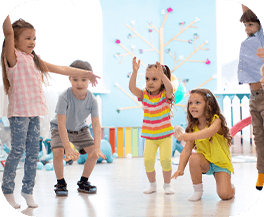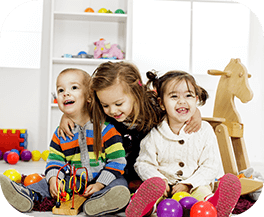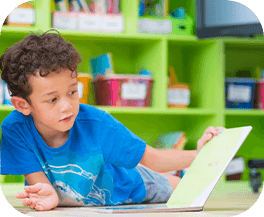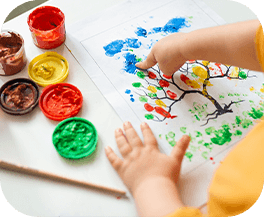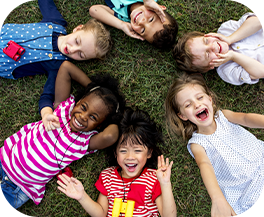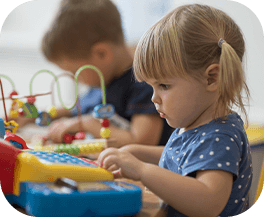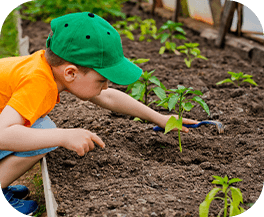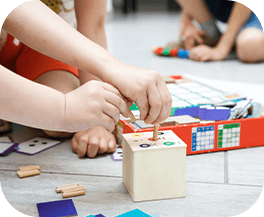Our Multicultural Program aims to support children’s sense of identity; broaden their perspectives and encourage an appreciation of different cultures. The program helps to create a culturally safe and secure environment for all children and their families. At Little Voyagers ELC, we acknowledge and respect diversity in our curriculum and learning environments by:
- Collaborating with families to gather information about their cultural traditions, home languages, child-rearing practices, spiritual views and lifestyle choices and incorporating them into the children’s daily experiences.
- Providing opportunities for children to learn and appreciate other cultures through a wide range or cultural experiences and resources such as eating foods from different countries; books, posters, music, artefacts, puzzles and clothing that reflect diverse cultures; learning different languages; exploring similarities and differences; and participating in a range of cultural celebrations and events.
- Promoting and embedding Aboriginal and Torres Strait Islander knowledge and perspectives into our programs. As part of our commitment to reconciliation, we start everyday with an Acknowledgement of Country; plan experiences and provide resources that reflect Aboriginal and Torres Strait Islander cultures; and invite elders to our centre, including grandparents to share stories about their histories, traditions, ceremonies, languages, and way of life.
- In addition, Little Voyagers create inclusive environments that ensure all children in our care have equal access and genuine opportunities to participate in all aspects of our program, routines, interactions and play experiences. This is done by:
- Making our routines, planned experiences and environments flexible to allow reasonable adjustments to be made where possible.
- Arranging our learning spaces in ways that are responsive to the interests, needs and abilities of each child.
- Planning and implementing experiences that cater for different learning capacities and learning styles. For example, using iPads or visual communication boards to assist in communicating routines or emotions.
- Working in partnerships with families and other professionals to help maximise children’s learning and development while at the centre.

